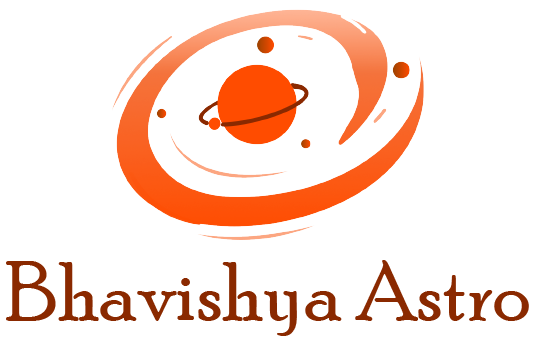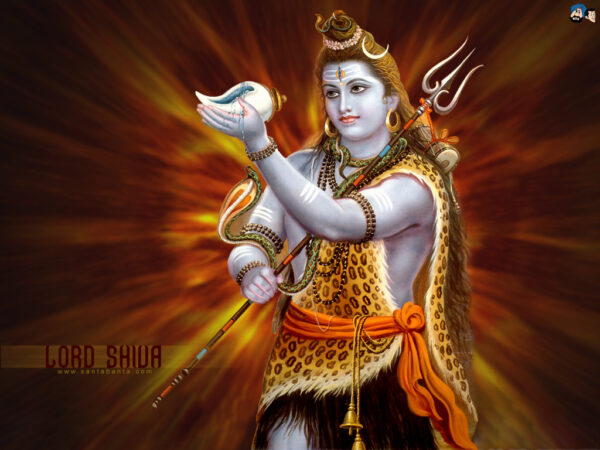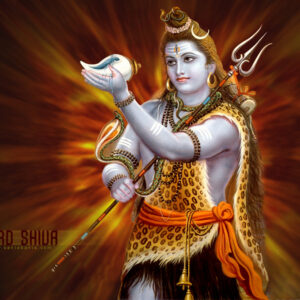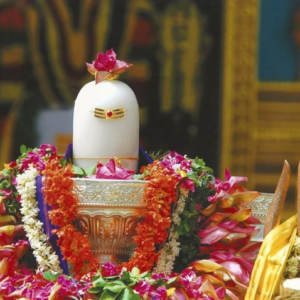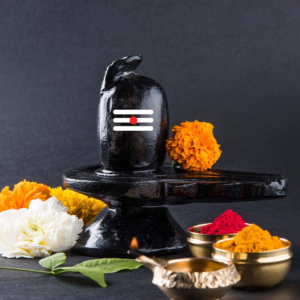Maha Rudra Abhishekam Online
₹ 100,000.00
The benefits of performing Maha Rudrabhishekam Puja include:
Attaining the blessings and divine grace of Lord Shiva.
Alleviating difficulties and countering the malefic effects of various planets.
Achieving enhanced health, wealth, longevity, progeny, intelligence, and prosperity.
Ensuring success in one’s career, job, business, and relationships.
Finding relief from life-threatening diseases, ailments, and negative energies.
Experiencing spiritual elevation and the fulfillment of desires.
Overcoming mortal fears and achieving victory over enemies
Description
Lord Rudra, also known as Shiva, is renowned as Abhisheka, the anointment with holy water. In the Rig Vedas, Rudra is recognized as the most ancient form of Lord Shiva. Among the various rituals offered to Lord Shiva, the Maha Rudrabhisheka stands as his most favored worship. Rudrabhishekam Puja is conducted with specific ingredients such as honey, curd, ghee, and milk, accompanied by chants of the Sri Rudram. This puja has the profound ability to cleanse sins, purify the surroundings, and dispel planetary doshas.
In the Rudrabhisheka Puja, sacred Kalashas are filled with water, invoking the presence of Varuna and holy rivers, including Ganga, Yamuna, Godavari, Saraswati, Narmada, Sindhu, and Kaveri, into the water. With this consecrated water, Lord Shiva is anointed while reciting sacred hymns, notably the Rudra Chamaka. The central component of this Puja is the continuous chanting of Rudram, bestowing the full blessings of Lord Shiva upon the devotee.
The Rudrabhisheka Puja venerates Lord Shiva in his Rudra form, a practice highly praised in Vedic scriptures for its ability to eliminate afflictions, fulfill desires, and bring overall prosperity. It is performed to purify one’s sins, restore peace, promote prosperity, and enhance family bonds. This ritual is typically carried out on one’s ‘Janma Nakshatra’ or birth star. Additionally, it is customary to commence with the Maha Ganapati Puja to seek the blessings of Lord Ganapati for the success of any endeavor.
Maha Rudra, also known as Maha Rudrabhishekam, holds a significant place in the realm of Abhisheka rituals. In the ‘Maharnava Karma Vipaka’ by Sage Satapatha, four abhisheka procedures are listed in alignment with Vedic and scriptural traditions. Abhisheka is the preferred mode of worship for Lord Shiva, and these procedures are Rudram, Ekadasa Rudram, Maha Rudram, and Athi Rudram, each progressively more powerful. Among these, Maha Rudra Abhishekam is the most popular among devotees.
During Maha Rudra, a single recitation of Namaka, along with the recitation of Chamaka, constitutes one Rudram. Eleven recitations of Namakam, followed by the Anuvaka of Chamakam, make up Ekadasa Rudram. This pattern continues until 11 rounds of Ekadasa Rudram chanting culminate in one Laghu Rudram, and 11 rounds of Laghu Rudram chanting combine to form one Maha Rudram, totaling 1,331 repetitions of chanting.
Every step of the Maha Rudra Maha Homam involves Rudrabhisheka for the Shiva lingam, an act that greatly pleases the Lord.
The benefits of performing Maha Rudrabhishekam Puja include:
Attaining the blessings and divine grace of Lord Shiva.
Alleviating difficulties and countering the malefic effects of various planets.
Achieving enhanced health, wealth, longevity, progeny, intelligence, and prosperity.
Ensuring success in one’s career, job, business, and relationships.
Finding relief from life-threatening diseases, ailments, and negative energies.
Experiencing spiritual elevation and the fulfillment of desires.
Overcoming mortal fears and achieving victory over enemies

